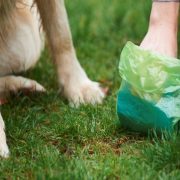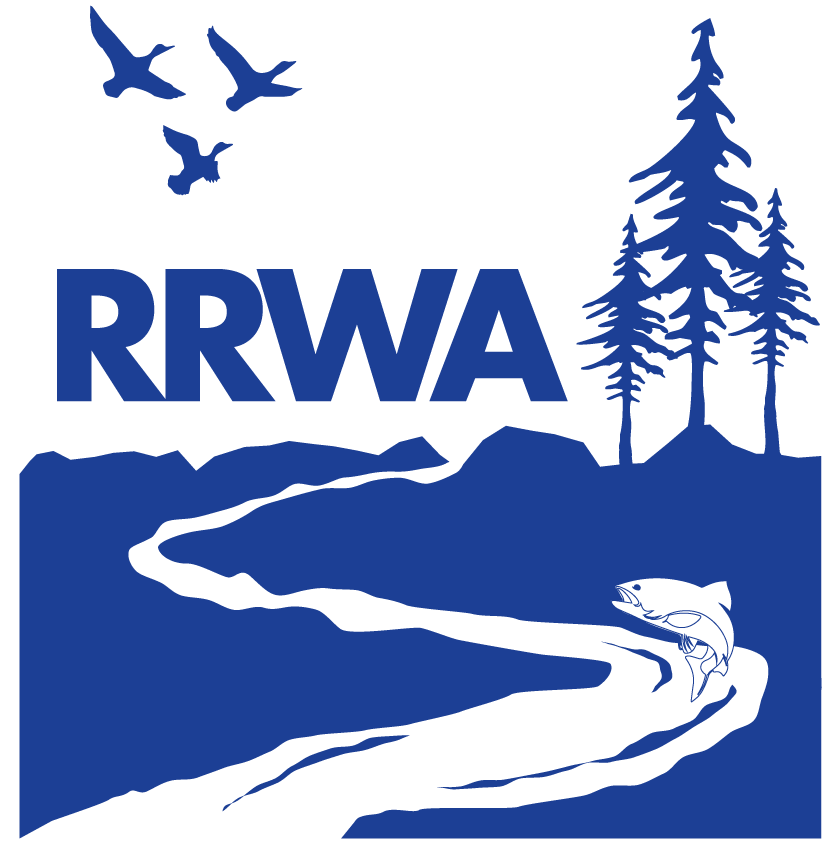We Need You to Pick Up the Poo
Dogs and other pets are awesome companions. They make us laugh and get us out on great walks. I have a big goofy lab named Bruno. Recently, we were walking next to a creek under the redwoods. Let’s just say the single pet waste bag I brought wasn’t enough. Bruno and I got lucky that day as another walker had an extra bag for us.
It’s never ok to leave pet waste behind.
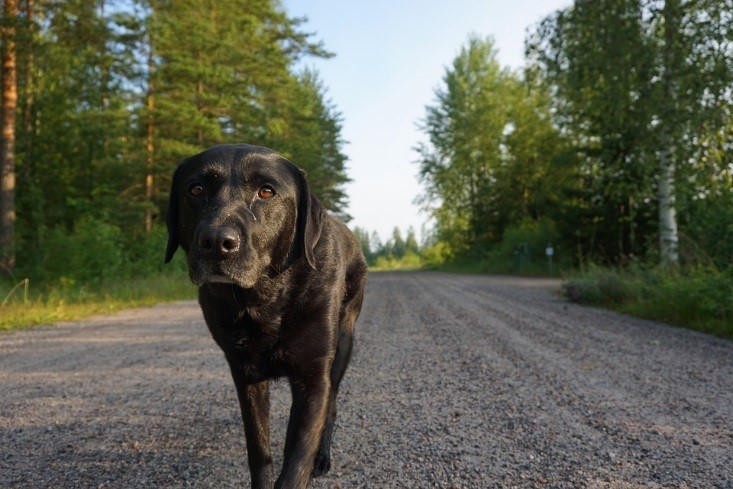
Image: Pixabay
What’s the big deal?
Pet waste left out in parks, yards and streets get washed down storm drains that flow directly into our local waterways—without being treated at sewer treatment facilities. Pet waste contains things that promote excess algae growth, making the water cloudy and green. Waste decaying in the creeks depletes oxygen and releases ammonia. Combined with warm temperatures, this kills aquatic life.
The potential effects of coming in contact with pet waste in water are scary. Pet waste contains pathogens, viruses and organisms that can cause diseases, such as giardiasis, hookworm, salmonellosis, toxocariasis, tapeworm, and toxoplasmosis (from cats). Flies, insects, or balls and toys that come into contact with the waste can carry the organisms to new hosts – other pets and people. Children, pregnant women, and people with depressed immune systems are particularly susceptible to certain diseases that can be transmitted through contact with pet waste.
It’s not a small problem. There are 43,000 dogs in Sonoma County, and they produce over 32,000 pounds of waste every day!
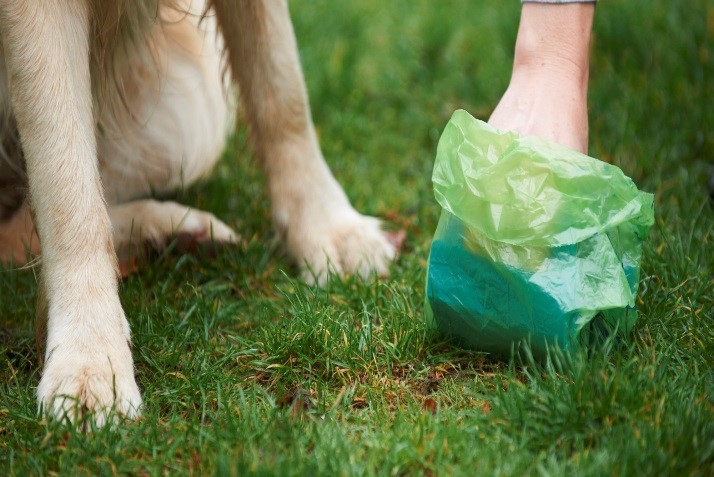
Image: MachineHeadz via Getty Images
What can you do?
- Pick up pet waste from your yard. It is not a fertilizer.
- Carry extra bags for your pet and to share with others (thanks again neighbor!).
- Dispose of your pet’s waste in the trash. Place dog waste or cat litter in a carefully tied bag to avoid spillage during trash collection. Pet waste should not be placed in curbside yard waste recycling bins.
- Bury pet waste in your yard, at least 12 inches deep and cover with at least eight inches of soil to let it decompose slowly. Bury the waste in several different locations and keep it away from vegetable gardens.
- Keep your cat on your property so that you can responsibly clean up its waste. The neighborhood shouldn’t be your cat’s litter box!
- Don’t flush cat feces or used cat litter down the toilet; place it in the trash instead. The toxoplasmosis parasite that is sometimes present in cat feces kills sea otters along California’s coasts. That parasite isn’t necessarily destroyed at sewage treatment plants.
- It is generally acceptable to flush other pet wastes down the toilet but objects such as plastic bags, puppy “pee pads”, newspaper and other materials should never be flushed down the toilet since such things could easily clog the toilet or sewer pipes.
- Though some parks may provide bags, consider using the plastic bags that accumulate around your house, such the bags from your morning newspaper or wrappers from food products.
- If you see ‘hotspot’ or an area with a lot of pet waste issues, notify your local City or County storm water contact.
- Map it and other litter. Download the app at Litterati.org.
- Share your thoughts and observations at a RRWA Technical Advisory Group Meeting (rrwatershed.org/calendar).
Cleaning up your pet’s waste helps keep our pets, the environment, and each other healthy.
Thank you for picking up after your pets!
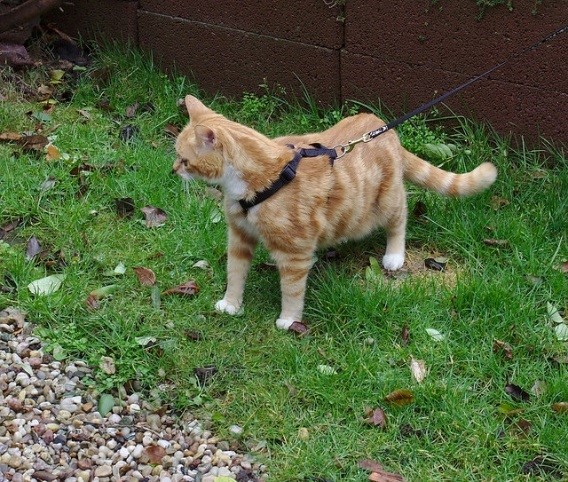
Image: Stanze via Flickr

